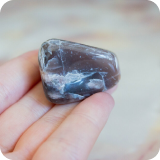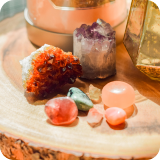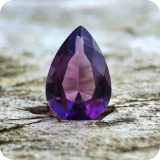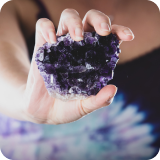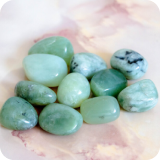- Overview of Ethical Sourcing of Gemstones
- The Darkest Side of the Gemstone Industry
- How to Identify Ethical Crystals and Stones
- 14 Controversial Crystals and Gemstones with Tips to Buy Them Ethically
- Blood Diamonds
- Mozambique Ruby
- Emerald
- Madagascar Sapphire
- Burmese Jade
- Indian Mica
- Black Coral
- Blue Amber
- Russian Amazonite
- Chinese Pearls
- Colombian Emeralds
- Tanzanite (Tanzanian)
- Russian Chrome Diopsides
- Burmese Spinel
- Start Using Ethically Sourced Gemstones Today!
Gemstones are beautiful, but there is an evil side to their world that involves abuse and damage to the environment. Ethical gemstones emerge as beacons of hope, promising a cleaner, fairer future in the jewelry industry.
How do you ethically source gemstones? What are the most unethically sourced gemstones? How do you identify ethical gems and crystals? These pressing questions guide consumers and jewelers alike toward responsible choices.
Ethical sourcing involves obtaining gemstones without causing harm to people or the planet. It’s about ensuring workers receive fair pay and safe conditions. It means mining with minimal environmental impact.
The most unethically sourced gemstones often come from conflict zones or places with lax labor laws. To find fair trade gems and crystals, you need to do a study, looking for certifications, like the Fair Trade Gems seal, and making sure sellers are honest. Understanding these elements helps protect human rights and the environment.
Discover the shimmering truth about ethical gemstones and take a stand for the planet and its people.
Overview of Ethical Sourcing of Gemstones
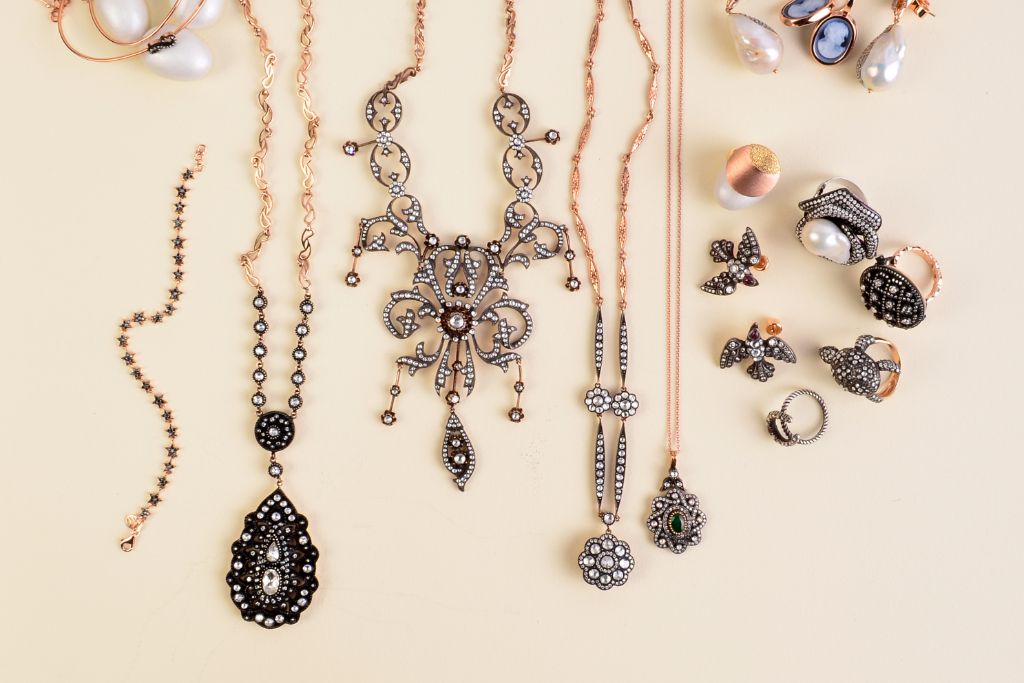
Ethical gemstone sourcing is a commitment to integrity, ensuring transparency from mine to market. There is room for everyone in the process as long as workers are treated with respect, paid fairly, have safe places to work, and can choose to work.
One harsh truth hidden by unethical sourcing is that it often involves abuse, funding conflicts, and environmental damage. At the heart of gemstone ethics is respecting the Earth, people, and the person who buys the stones by making choices that honor the hands that find them.
The jewelry market is changing with ethical gemstones providing beauty without compromise. Growing awareness makes consumers value ethics over allure and demand accountability. Ethical gemstones symbolize hope, renewal, a reformed industry, and devotion.
The Darkest Side of the Gemstone Industry
Beneath the sparkle of the world’s most beautiful gemstones hides a grim reality often overlooked. Kids being forced to work in risky mines and destroying the environment without any controls are shockingly bad moral problems in the business.
Blood Diamonds, fueling wars, and human suffering contrast sharply with the beauty they represent. Ethical sourcing aims to polish away these hidden facets, addressing the dark side of the gemstone industry.
How to Identify Ethical Crystals and Stones
Certifications Speak Volumes
When on the lookout for ethical crystals, pay attention to certifications. You can be sure that the Diamonds you buy have been responsibly sourced if they have approval like the Kimberley Process or a Fair Trade label.
Responsible Vendors Matter
Choose vendors wisely. Opt for those committed to ethical practices. Look for vendors that put fair labor, environmental duty, and sustainable sourcing at the top of their list of priorities.
Transparency in Certificates
Look for transparency in certificates. Ethical sellers give much information about where their gemstones came from and how they were found. This transparency reflects a commitment to responsible and ethical business practices.
14 Controversial Crystals and Gemstones with Tips to Buy Them Ethically
Seek Out Certifications
Certifications guide your search for these problematic stones. They lead you to ethical jewels. The Kimberley Process for Diamonds and Fair Trade approval for other gemstones are two examples. Your certificates guarantee you’re not causing conflict or exploitation.
Research the Retailer
A trustworthy retailer’s reputation speaks volumes. They know their supply chain and are transparent about it. A lot of the time, these stores go to the mines and form relationships based on honestly doing business. By choosing these vendors, you support a system that values human rights and the environment.
Inquire About the Origin
The backstory of a gemstone matters as much as its luster. Ethical stones come with a clear traceable path from the mine to your jewelry box. Vendors should be able to give you this history. If they are hesitant or vague, consider it a red flag.
Support Artisanal Miners
Sometimes, the best way to ensure ethics is to go small-scale. Artisanal miners who work in small groups tend to use less invasive methods. Supporting them often makes local communities stronger, makes sure that your stones stay in good shape, and are sourced responsibly.
Embrace Recycled Options
One of the surest ways to avoid the pitfalls of the gem trade is to opt for recycled stones. These gems are given new life, free from the burden of current mining issues. They’re as stunning as newly mined stones, with none of the ethical drawbacks.
By following these guidelines, you can adorn yourself with gemstones that not only look good but also feel good. Each ethical purchase is a step toward a more responsible and transparent industry.
Blood Diamonds
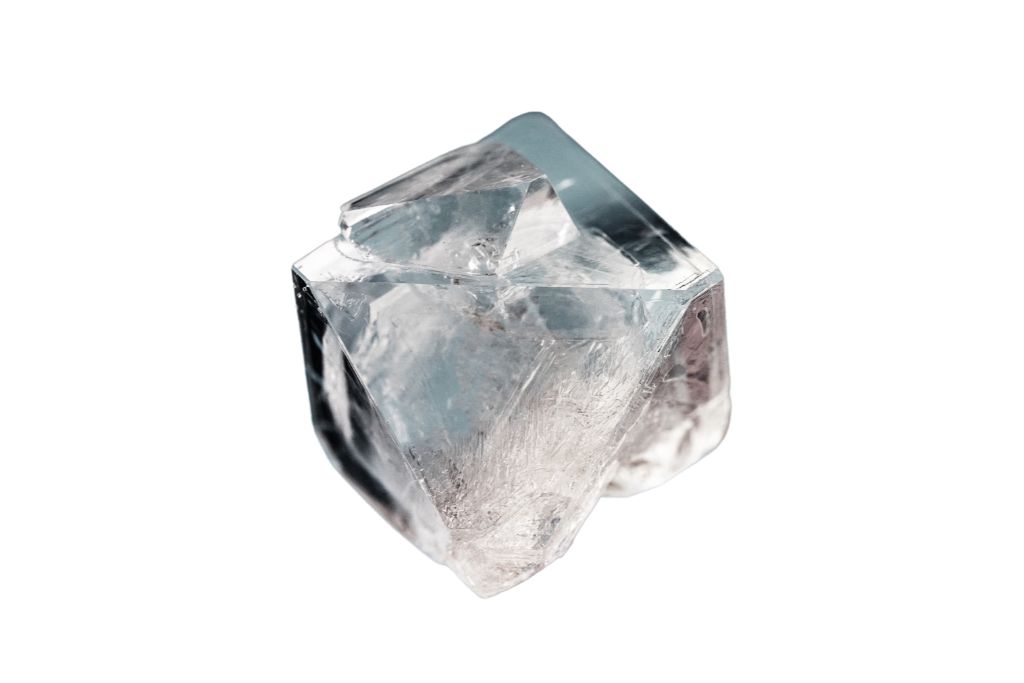
Blood Diamonds fund wars and human rights abuses. Rebel groups use their profits to fuel warfare, and their workers, including minors, suffer in horrific conditions. Due to global Diamond demand and the difficulty of monitoring war zones, these unethical acts continue.
Choosing ethical Diamonds requires care. Though not foolproof, seek Kimberley Process certificates. Try lab-grown Diamonds for beauty without guilt. If you want to wear jewelry that fits your values, Sapphires and Moissanites with clear sources are both beautiful choices.
Mozambique Ruby
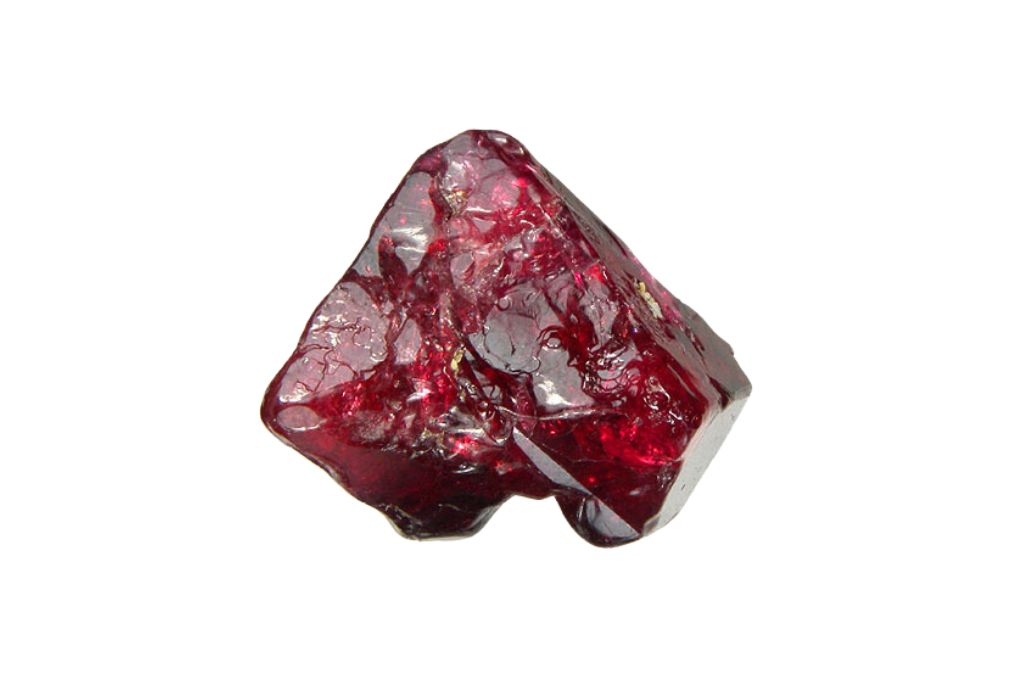
Mozambique Rubies face controversy over unethical mining, with workers enduring exploitation and violence. People who want to make money often forget about workers and local communities, which can lead to battles, like Blood Diamonds.
If you desire an ethical Ruby, buy from honest suppliers who can prove its origin. Avoid unscrupulous gem trade. Business-known certifications demonstrate ethical sourcing. For a blazing stone without the guilt, consider synthetic Rubies. Your decision will improve jewelry business ethics.
Emerald
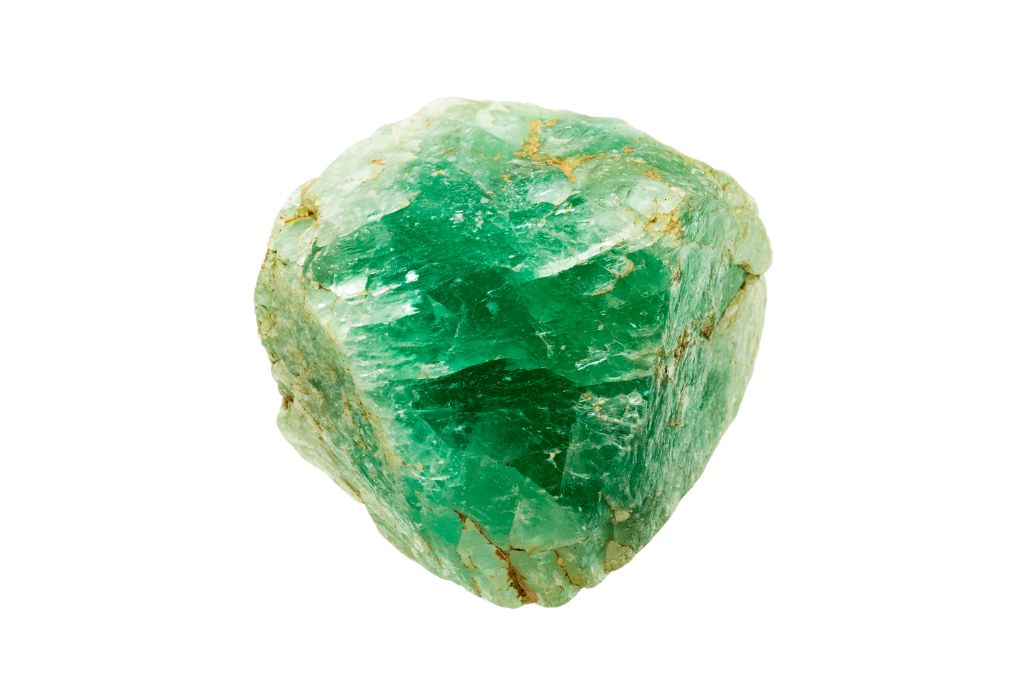
Emeralds that aren’t ethical come from scary mines where workers have to deal with hard conditions for little pay in dangerous places. There are a lot of mines that make things worse in the places where they are found. They add to fights and criminal groups and make social and economic problems worse in general.
Transparent Emeralds are ethical. Reliable jewelers will document the gem’s conflict-free journey. Certified stones are monitored by industry bodies for ethics. Synthetic Emeralds boast luscious green beauty without ethical issues. Your ethical choice supports workers’ rights and responsible mining.
Madagascar Sapphire
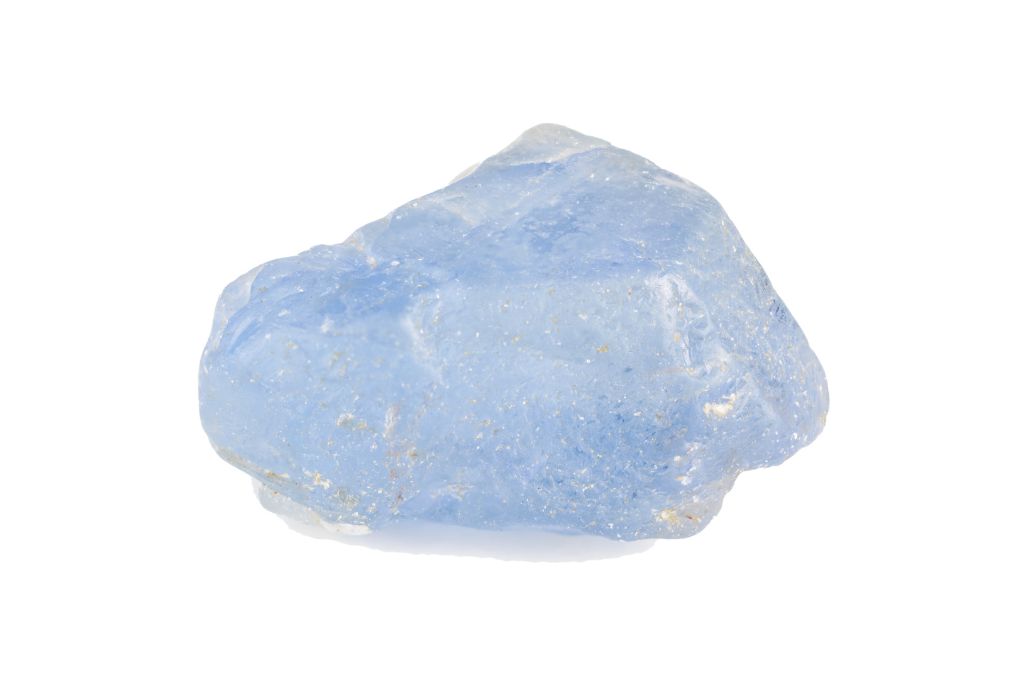
Madagascar’s famed Sapphires don’t all sparkle ethically. Some mines take advantage of their workers by paying them very little and keeping them in dangerous conditions. Illegal profits also feed corruption and local conflicts, which takes away from the natural beauty of the stones.
Ask trusted merchants for a track record of careful mining and trading for a clean Madagascar Sapphire. Certification from industry watchdogs boosts trust. Enjoy brilliant lab-created Sapphires without ethical concerns, supporting fair labor and sustainable mining.
Burmese Jade
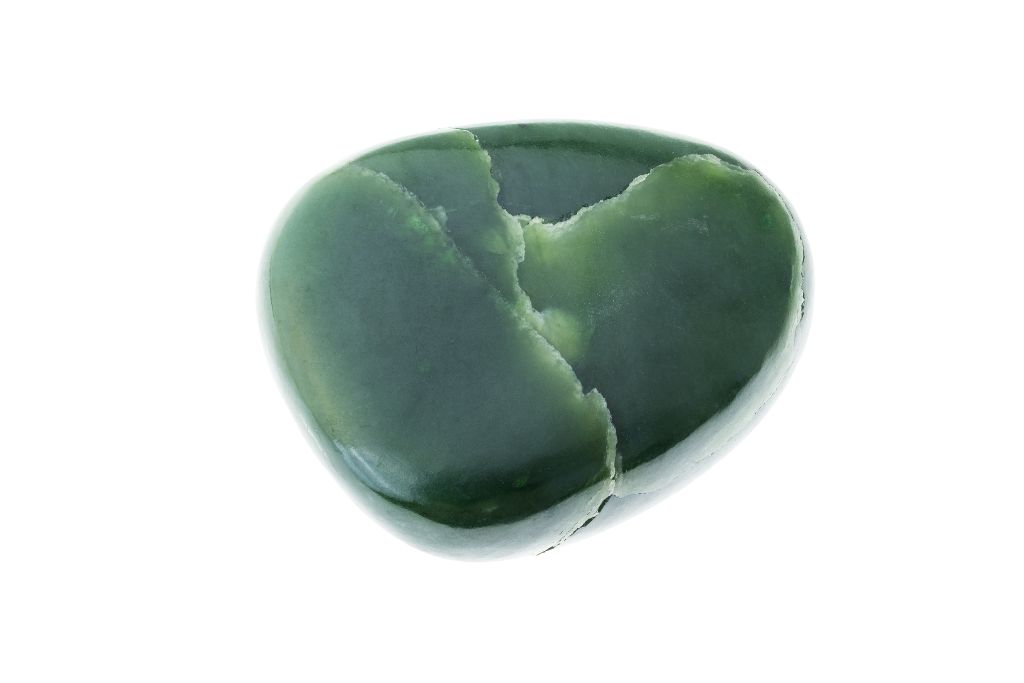
Burmese Jade’s allure is tainted by unethical extraction practices, marred by human rights abuses in Myanmar. Workers are put in dangerous situations, and the trade often helps military groups, which keeps the war going and causes more pain.
Focus on studying to find unexploited Burmese Jade. Choose ethical retailers with Jade journey evidence. Certifications from respected industry organizations signal such commitments. Explore Jade from conflict-free regions or choose synthetic alternatives that approximate its beauty. Ethical choices promote fairness in the jJade sector.
Indian Mica
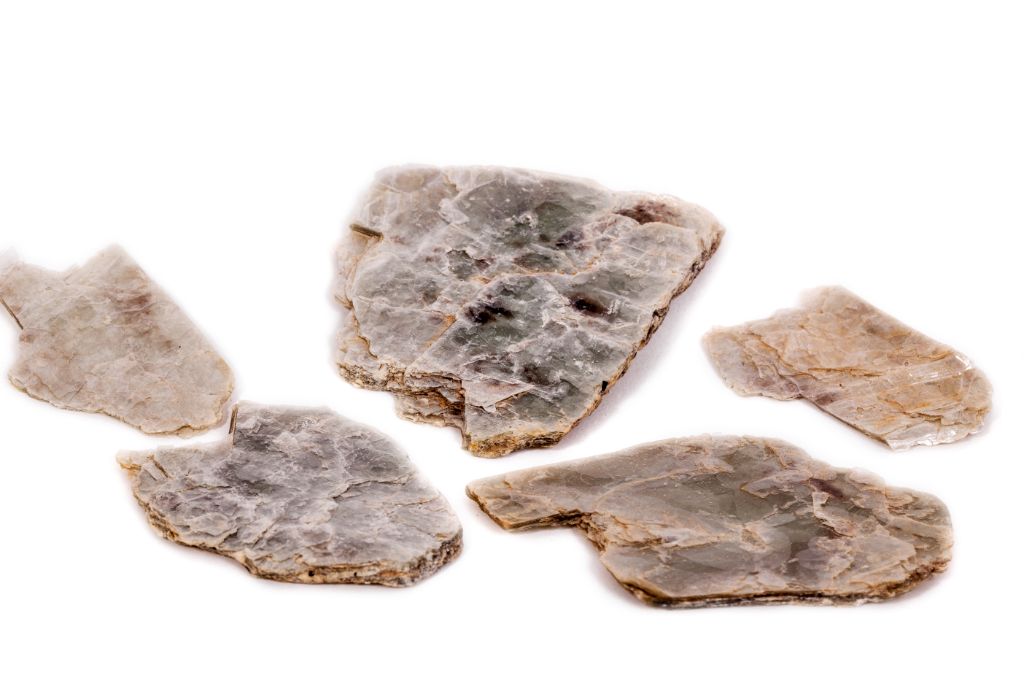
Mica from India raises ethical concerns due to potential child labor and unsafe conditions in its mining. Many people want to use its shimmer in electronics and cosmetics, which can happen in remote mining areas where there isn’t much control.
Check the supply chain for ethical Mica. Responsible miners disclose their operations and assist community development. Choose fair trade or child-labor-free products with visible labels. Similar to synthetic fluorphlogopite, synthetic Mica sparkles guilt-free. Selecting such products supports human rights and safe labor.
Black Coral
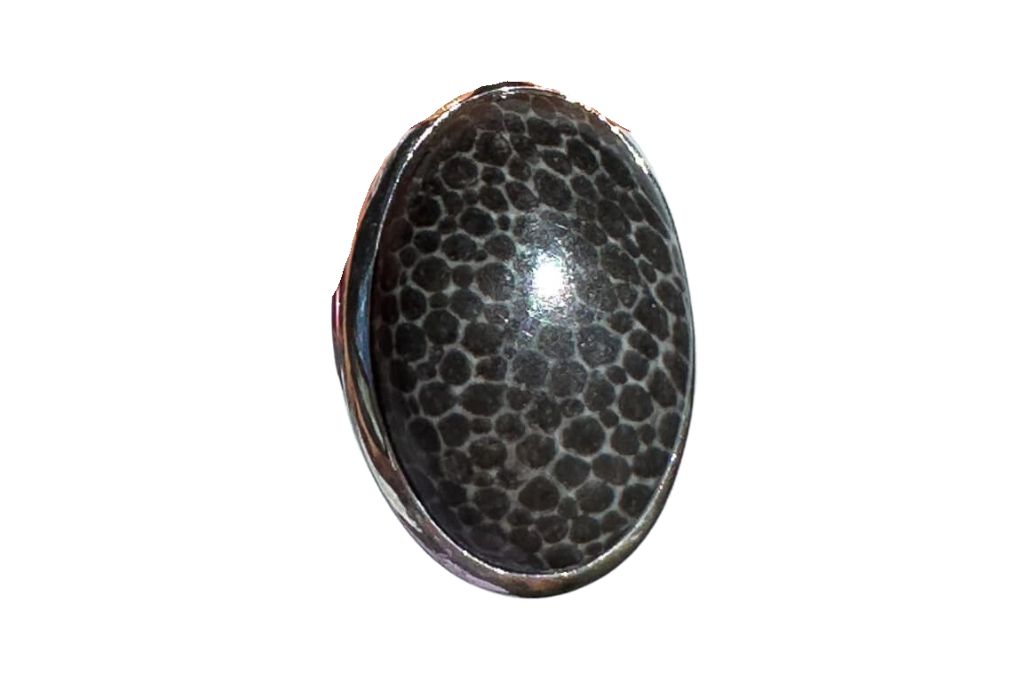
Black Coral is often used to make jewelry, but it is also harvested in an unethical way that puts the environment at risk and leads to overfishing. Sea habitats are being destroyed by harvesters, which puts marine life and Coral populations at risk.
Choose marine conservation-certified Black Coral for peace of mind and sustainable harvesting. Ethical and exquisite vintage Black Coral jewelry avoids environmental stress. Healthy waters and animals depend on sustainable and ethical trade.
Blue Amber
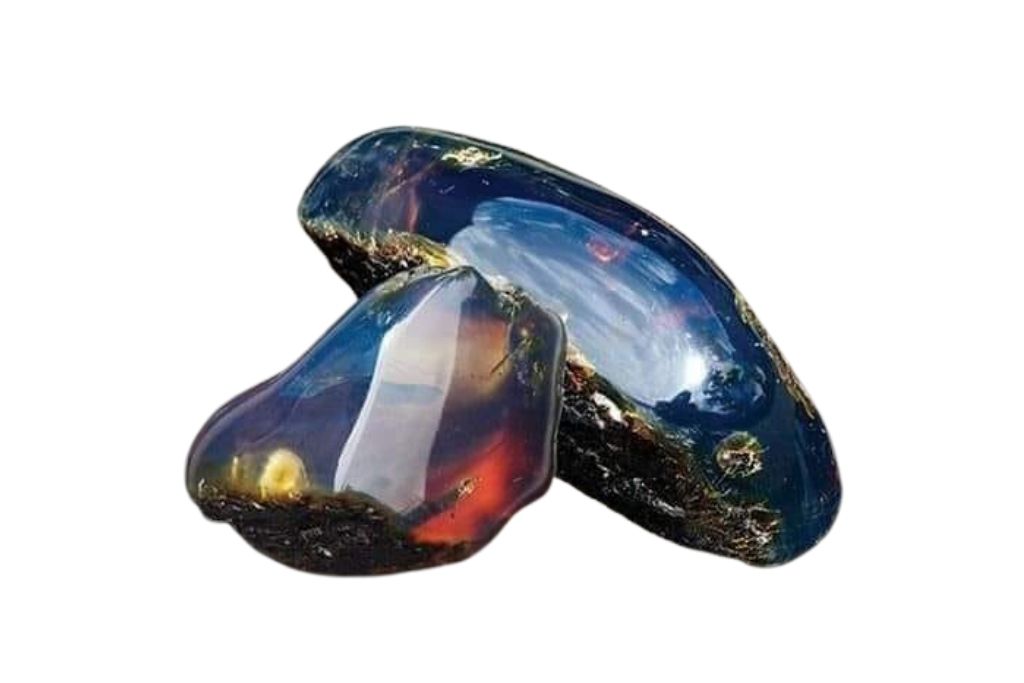
Bad working conditions and damage to the environment in places where Blue Amber is common can take away from its rare beauty. The rush for profit risks exploitation and disregard for the land.
To ensure ethical sourcing, explore the backstory of your Blue Amber. Ethical suppliers transparently share their practices and provide documentation supporting responsible sourcing. Vintage Blue Amber pieces offer a responsible way to enjoy the gem’s uniqueness without contributing to current harm.
Russian Amazonite
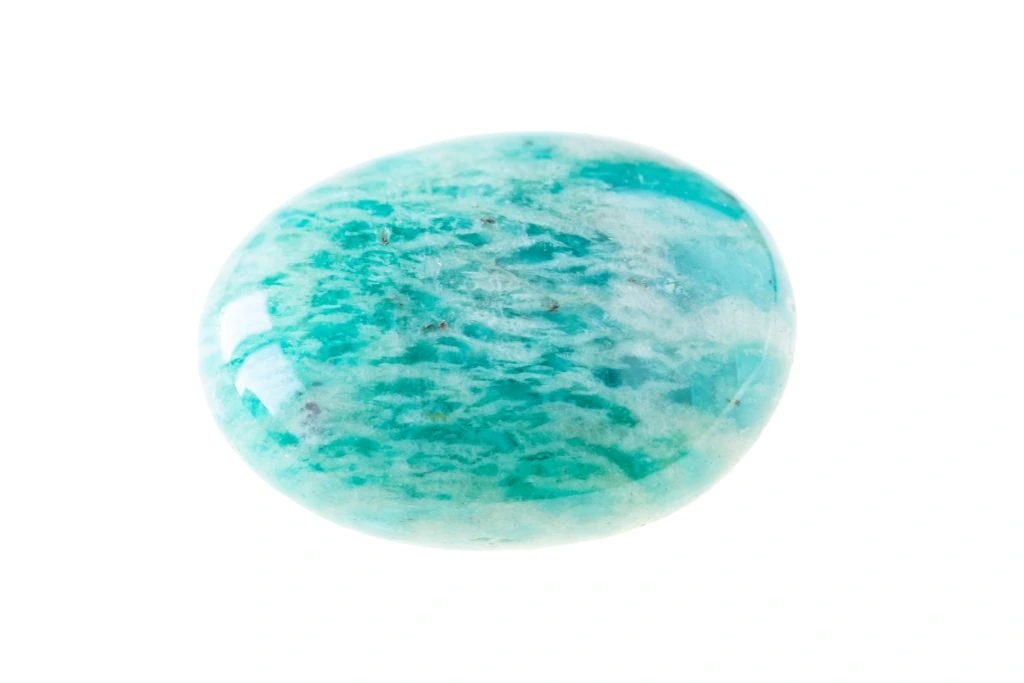
Russia’s Amazonite stone may have its beautiful blue color from unethical mining methods that harm the environment and make working conditions worse. Such issues can mar the reputation of this otherwise captivating stone.
Focus on the source for ethical Russian Amazonite. Reputable dealers disclose their supplier chain, proving ethical mining. Credibility is enhanced by certification. Choose pre-owned Amazonite jewelry ethically. Choosing ethical sources improves labor and environmental standards.
Chinese Pearls
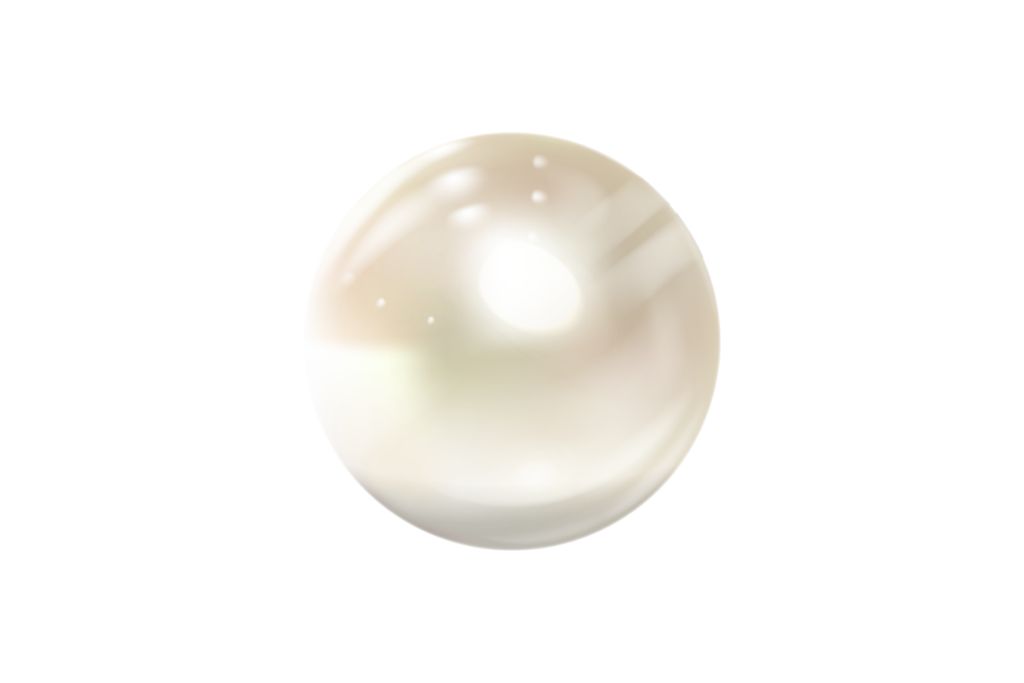
Some people have moral worries about Chinese Pearls because they may be overharvested and workers may not be treated well, which takes away from their shine. The pursuit of profit sometimes sacrifices environmental care and human rights.
Chinese Pearls from ethical sources require research. Ask about farms’ labor and environmental policies; ethical farms are generally certified. To avoid these issues, choose vintage or high-quality fake Pearls. Your ethical choice promotes safe Pearl farming and its workers’ well-being.
Colombian Emeralds
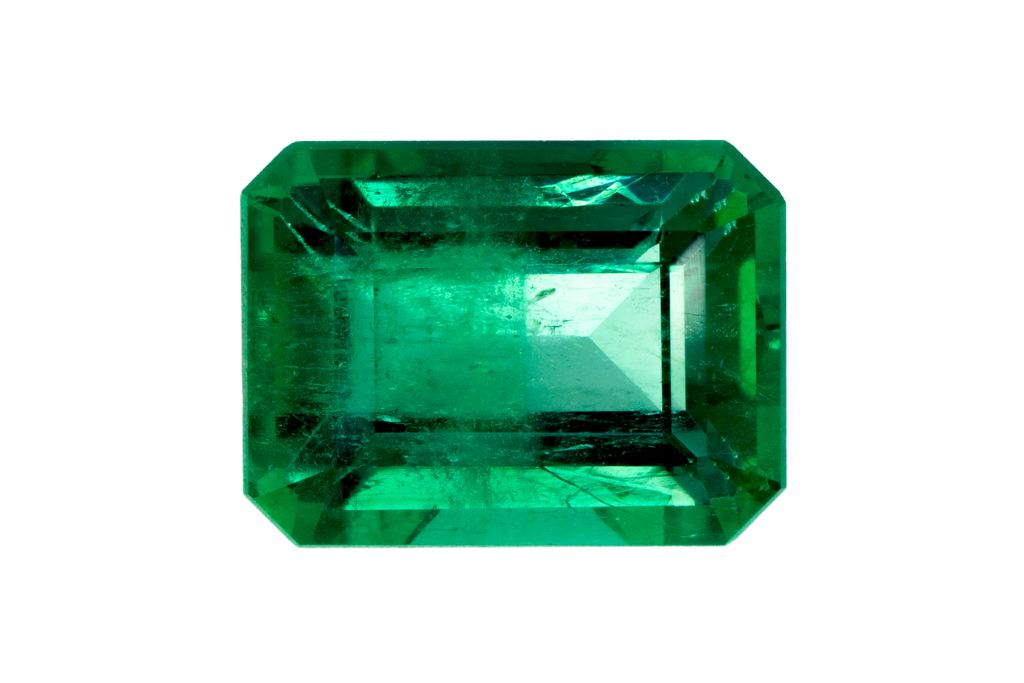
Colombian Emeralds, valued for their deep green brilliance, can harbor a dark side with ties to labor abuses and conflict funding. Miners endure dangerous conditions for little pay, and reckless mining damages the environment.
Choose responsibly with dealers promoting fair trade and ethical sourcing. Look for transparency, traceability, and ethical certifications. Consider lab-grown Emeralds for a responsible alternative. By choosing Colombian Emeralds that were mined in an ethical way or lab-grown versions, you can help make the gem business more fair.
Tanzanite (Tanzanian)
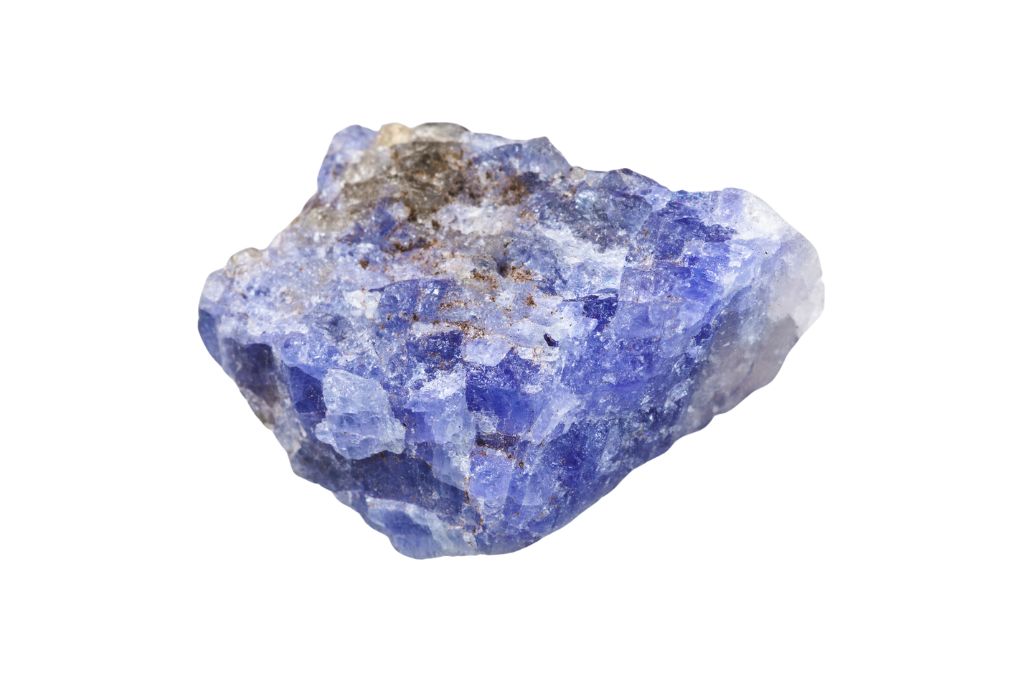
The beautiful blue-violet color of Tanzanite can be ruined by unethical mining in bad conditions that are against the law. Exploitation of workers and disregard for the environment overshadow the stone’s beauty.
Promote ethical Tanzanite traceability. Transparent, fair-labor, and environmentally conscious merchants prove the stone’s ethics. Try synthetic Tanzanite for beauty without guilt. Your conscious choice helps Tanzanian mining communities and their natural heritage.
Russian Chrome Diopsides
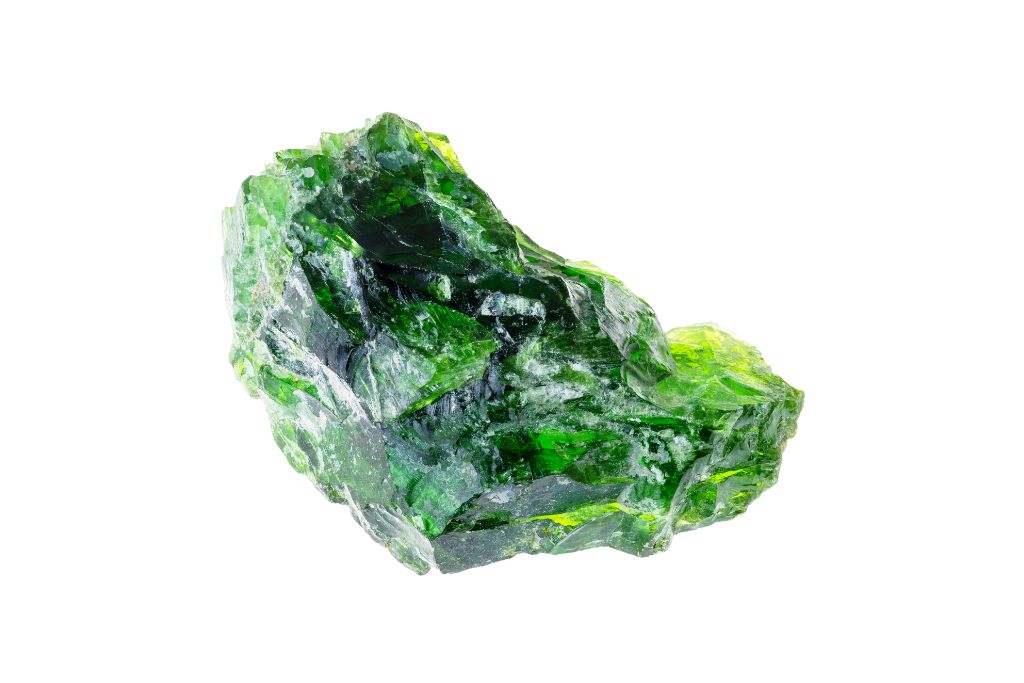
Russian Chrome Diopsides, with their rich green hue, can sometimes be mined with little regard for ethics. Profits may outweigh workers and the environment when extracting this gemstone.
Vet Chrome Diopside vendors to match your values. Trustworthy merchants are open about ethics and willing to prove responsible sourcing. Beauty without guilt? Try fake choices. Buying ethically sourced or lab-made Chrome Diopsides promotes the gemstone industry integrity.
Burmese Spinel
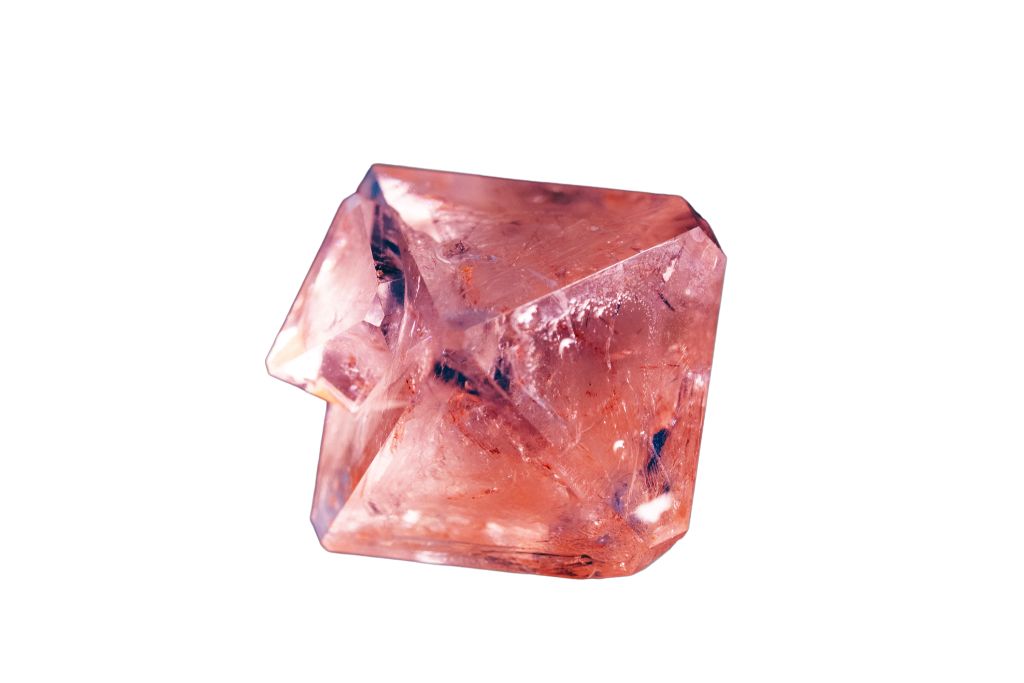
Burmese Spinel, known for its striking colors, is not immune to the shadow of unethical mining. In Myanmar, where these stones are often found, issues like child labor and funding conflict have been reported. The quest for these gems can sometimes ignore the rights and safety of workers, as well as the environment.
Choose an ethical Burmese Spinel from conflict-free zones with high ethical standards. They disclose Spinel origin and mining conditions. Synthetic Spinels are stunning without ethical issues. Your informed choices promote Spinel market responsibility.
Start Using Ethically Sourced Gemstones Today!
The jewelry industry’s future is shaped by ethically sourced gemstones. With these stones, beauty can be achieved without hurting people or the environment, showing both wealth and ethics. Gemstone companies are becoming more ethical as consumers demand transparency.
The path forward for jewelry is paved with ethical gemstones, each telling a story of change and hope. The business world is changing and giving us new options that let us celebrate important events without giving up our values. Ethical gemstones aren’t a fleeting trend; they represent the brilliant future we all deserve.
| Gemstone | Ethical Concerns | Ethical Sourcing Actions | Ethical Alternatives |
| Blood Diamonds | Funds conflicts; human rights abuses. | Kimberley Process and lab-grown Diamonds. | Sapphires and Moissanites. |
| Mozambique Ruby | Exploitation and violence | Transparent sellers and synthetic rubies | None |
| Emerald | Unfair labor and conflict contribution. | Transparency and certified ethical sourcing/ | Synthetic Emeralds |
| Madagascar Sapphire | Exploitation and unsafe conditions. | Trustworthy dealers and lab-created Sapphires. | None |
| Burmese Jade | Human rights abuses and conflict funding. | Ethical sourcing research and synthetic options. | Jade from peaceful regions. |
| Indian Mica | Child labor and unsafe mining conditions. | Supply chain scrutiny and synthetic Mica. | None |
| Black Coral | Overfishing and environmental harm. | Certified sustainable harvesting/ | Vintage Black Coral. |
| Blue Amber | Poor working conditions and environmental harm/ | Responsible sourcing and vintage pieces. | None |
| Russian Amazonite | Unethical mining practices. | Ethical supply chain and pre-owned jewelry. | None |
| Chinese Pearls | Overharvesting and poor labor treatment. | Certified ethical farms and vintage Pearls. | High-quality imitations. |
| Colombian Emeralds | Labor abuses and conflict funding. | Fair trade, traceability and lab-grown Emeralds. | None |
| Tanzanite | Poor conditions and illegal operations. | Fair labor initiatives and synthetic Tanzanite. | None |
| Russian Chrome Diopsides | Unfair labor and environmental harm. | Vendor vetting and synthetic options. | None |
| Burmese Spinel | Child labor and funding conflict. | Conflict-free zones and synthetic Spinel. | None |


